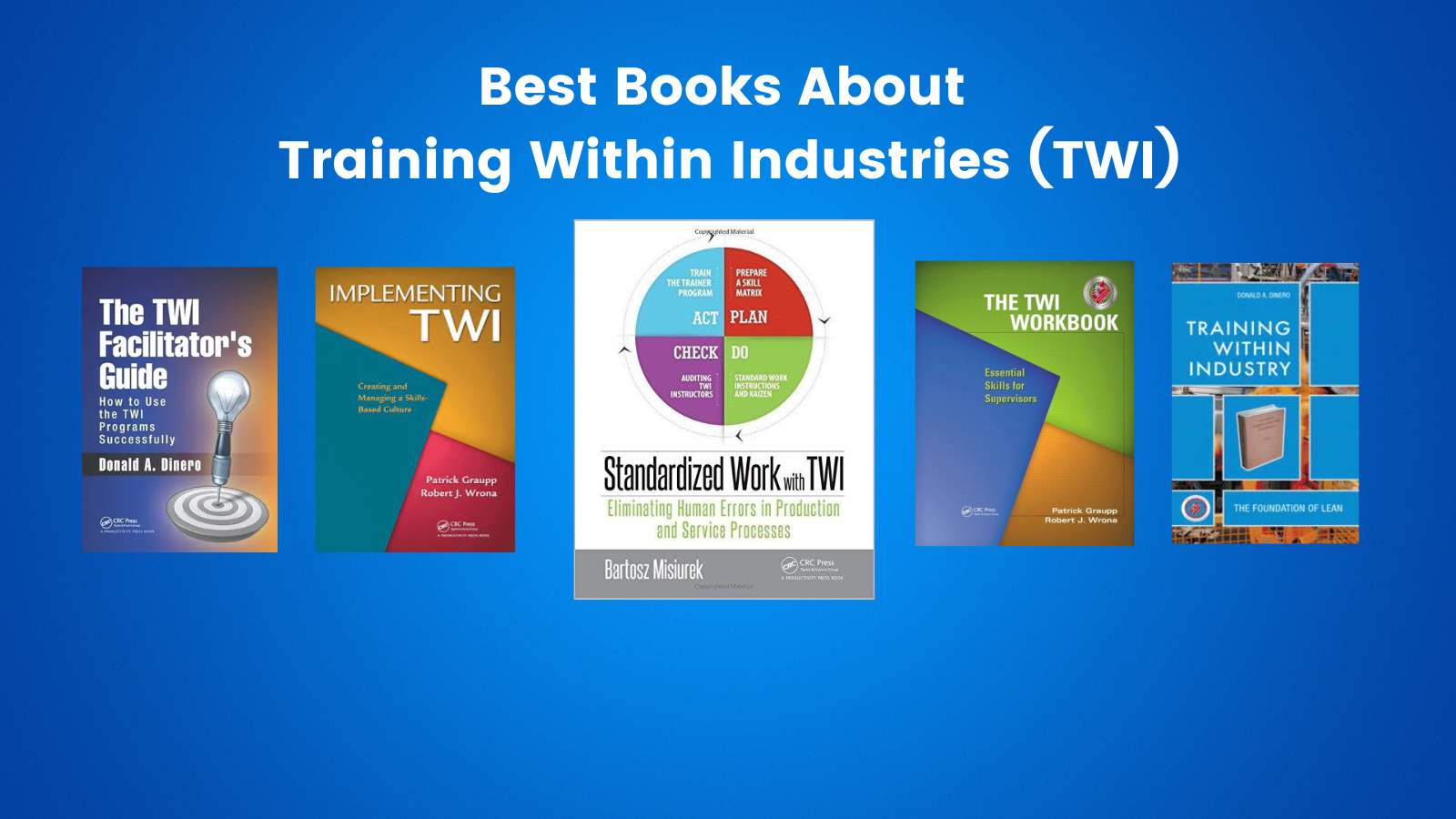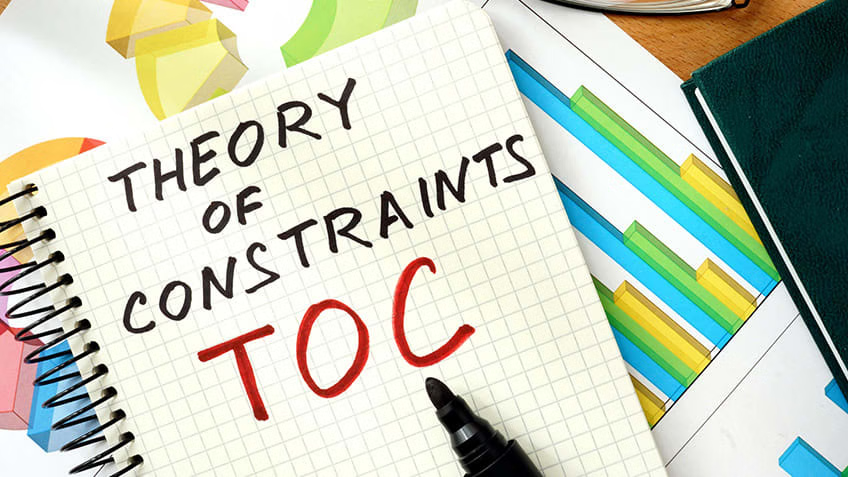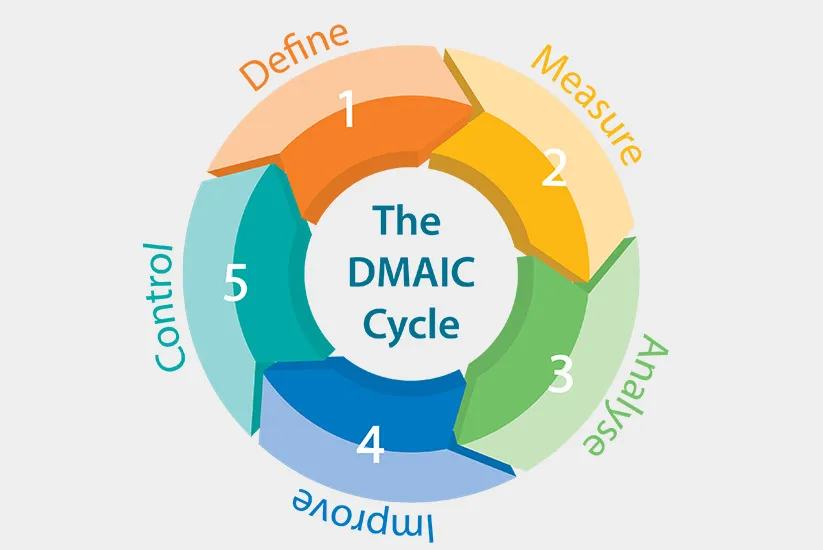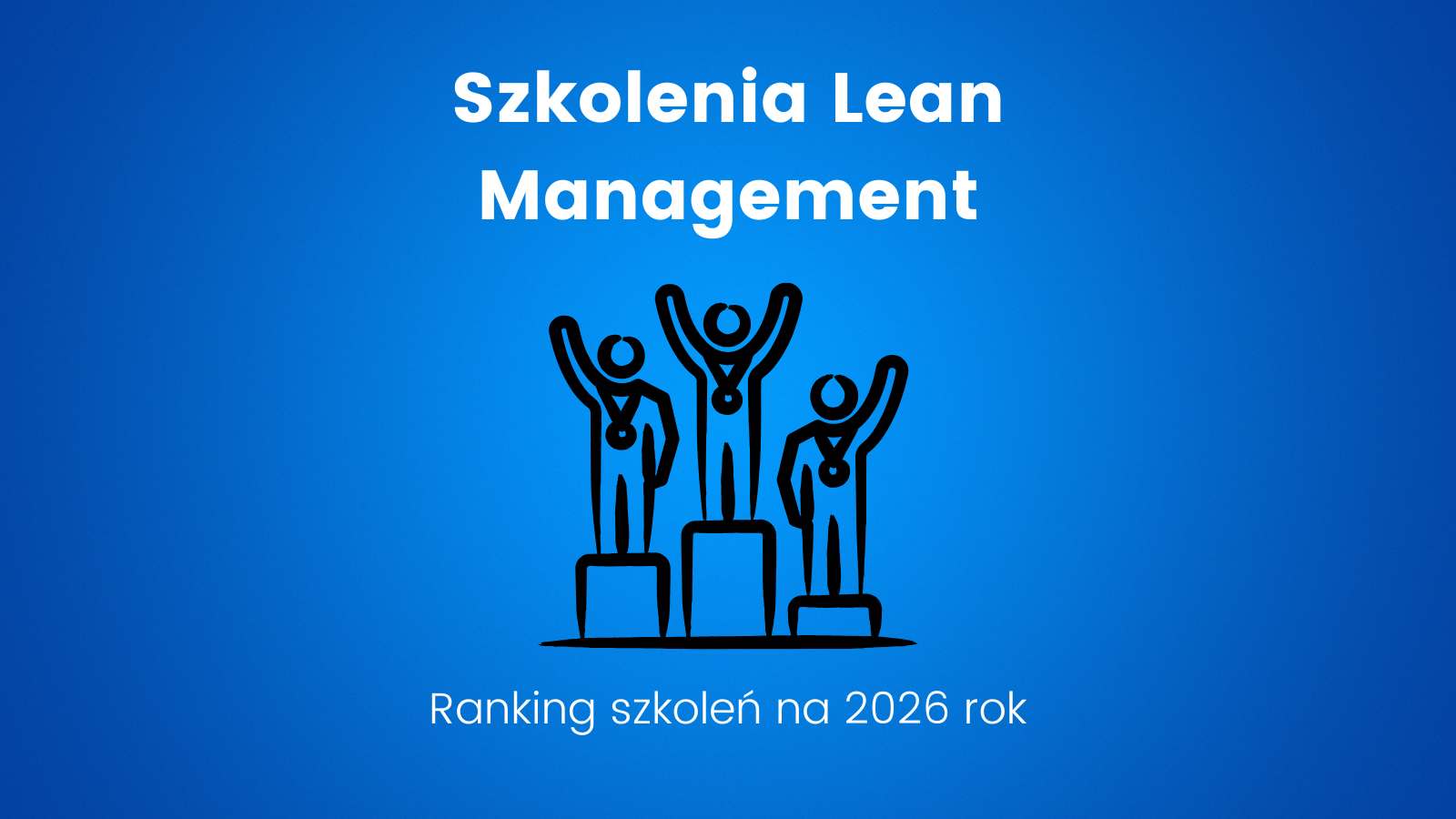A3 Report is a practical tool for structured problem solving and process improvement, developed within the Toyota Production System. It takes its name from the A3 paper format (297×420 mm), on which all relevant information — problem definition, root cause analysis, actions, and results — must be summarized. Its core strength lies in clarity, logic, and team engagement, using the PDCA (Plan–Do–Check–Act) methodology as its foundation.
Table of Contents
ToggleWhy Use an A3 Report?
The A3 approach brings discipline and structure to problem solving. It helps teams:
-
Clarify the problem and define measurable goals
-
Identify and eliminate root causes, not just symptoms
-
Develop and track targeted countermeasures
-
Communicate complex issues visually and concisely
-
Foster collaboration, learning, and continuous improvement (Kaizen)
When and Where to Apply A3
While A3 reports originated in manufacturing, they are now used across various sectors:
-
Production: Reduce scrap, downtime, quality defects
-
Logistics: Solve delays, errors in picking, inventory misalignment
-
Services: Streamline processes, reduce lead times, improve customer experience
-
Public sector and administration: Identify bottlenecks and inefficiencies in procedures
-
Project management and R&D: Present improvement ideas and document implementation steps
A3 Report Structure
An effective A3 Report typically includes:
1. Problem Statement and Background
Brief, fact-based description of the issue. What is happening, where, and since when?
2. Current State
Use data, charts, or visuals (e.g., photos, process maps) to show the existing situation.
3. Target State
Define a SMART goal (Specific, Measurable, Achievable, Relevant, Time-bound), e.g., reduce defect rate from 4% to 1% in 30 days.
4. Root Cause Analysis
Apply tools such as:
-
5 Why – To dig deep into underlying causes
-
Ishikawa Diagram (Fishbone) – To categorize and visualize potential factors
-
Process Mapping – To reveal where delays or errors occur
5. Countermeasures
Propose specific, actionable steps to eliminate root causes. Include risk considerations and poka-yoke (error-proofing mechanisms) where applicable.
6. Implementation Plan
Use a timeline or action table to assign tasks, responsibilities, and deadlines.
7. Results and Follow-Up
Measure outcomes through KPIs. Compare the post-implementation data with baseline. If goals are met, standardize the new process.
Practical Example: Assembly Line Quality Issue
A team notices that defect rates on an assembly line have increased from 1% to 4%. Using an A3 report:
-
The team maps the process and identifies that most defects occur at station 3.
-
A 5 Why analysis shows a soldering oven was miscalibrated due to a sensor error.
-
Actions include recalibrating the oven, installing an alarm (poka-yoke), and training staff.
-
After implementation, defects drop to 1.5% within a week.
-
The result is validated and the new control standard is documented.
A3 vs. 8D Report – Key Differences
| A3 Report | 8D Report |
|---|---|
| 1-page, visual, PDCA-based | Multi-page, formal 8-step structure |
| Internal, team-based use | Often for external complaints (e.g., automotive) |
| Flexible, iterative | Linear and highly structured |
| Emphasizes learning and coaching | Emphasizes documentation and compliance |
Supporting Tools Commonly Used in A3
-
Process and value stream mapping
-
Poka-Yoke (error prevention solutions)
-
5W2H and SMART frameworks
Best Practices for Using A3 Report
-
Start with paper. Sketch and discuss the problem collaboratively before digital formatting.
-
Go to the Gemba – observe the problem where it occurs.
-
Keep it visual. Use graphs, timelines, diagrams.
-
Assign clear responsibilities and deadlines.
-
Use A3 reports not just to solve problems but to share knowledge across teams.
Summary – A3 Report
The A3 Report is more than a form — it is a mindset and a disciplined approach to Lean thinking. By combining structured analysis with visual storytelling, it enables teams to solve problems at the root, prevent recurrence, and continuously improve processes.
Whether you’re in production, logistics, or services, the A3 method helps transform complex issues into clear actions — all captured on a single sheet.

An experienced lean manager with a deep understanding of lean management principles and techniques. I have strong leadership skills, and I am able to motivate and lead teams to achieve results. I am able to communicate effectively, and are skilled at building consensus and working with cross-functional teams. In addition to my experience and expertise, I am also committed to continuous learning and improvement. I am always looking for ways to learn and grow, and I am willing to try new approaches and techniques in order to achieve success.






